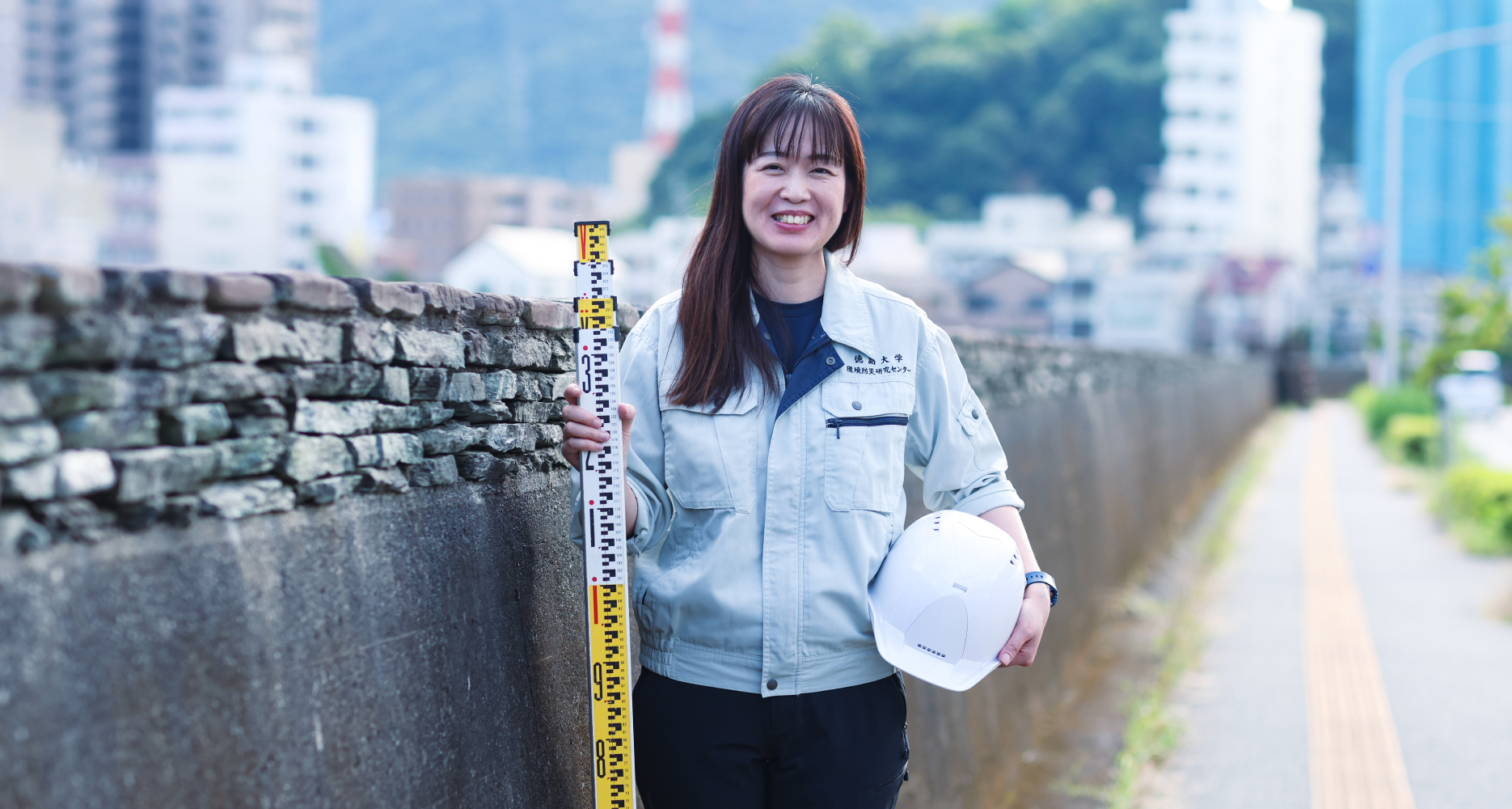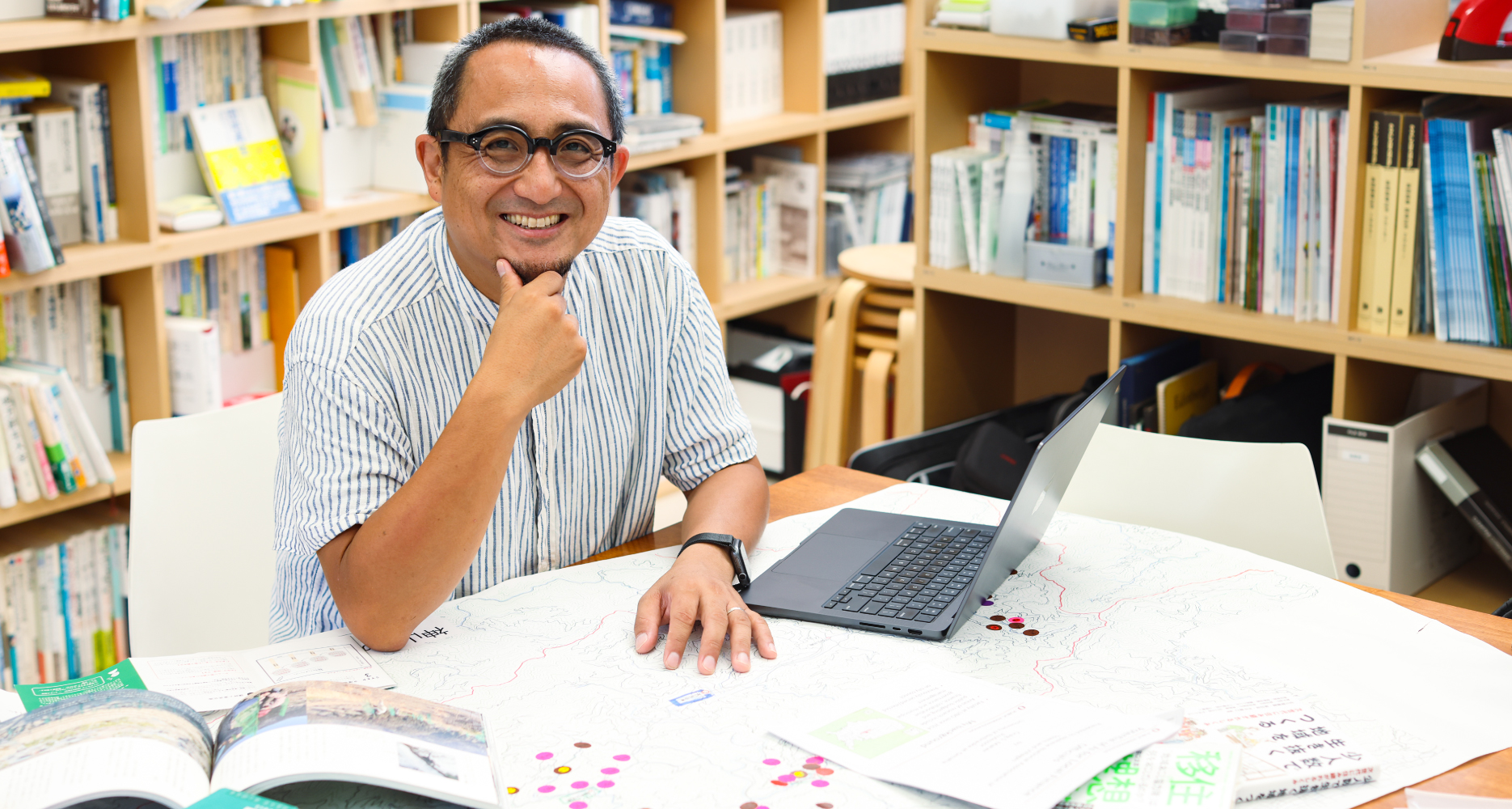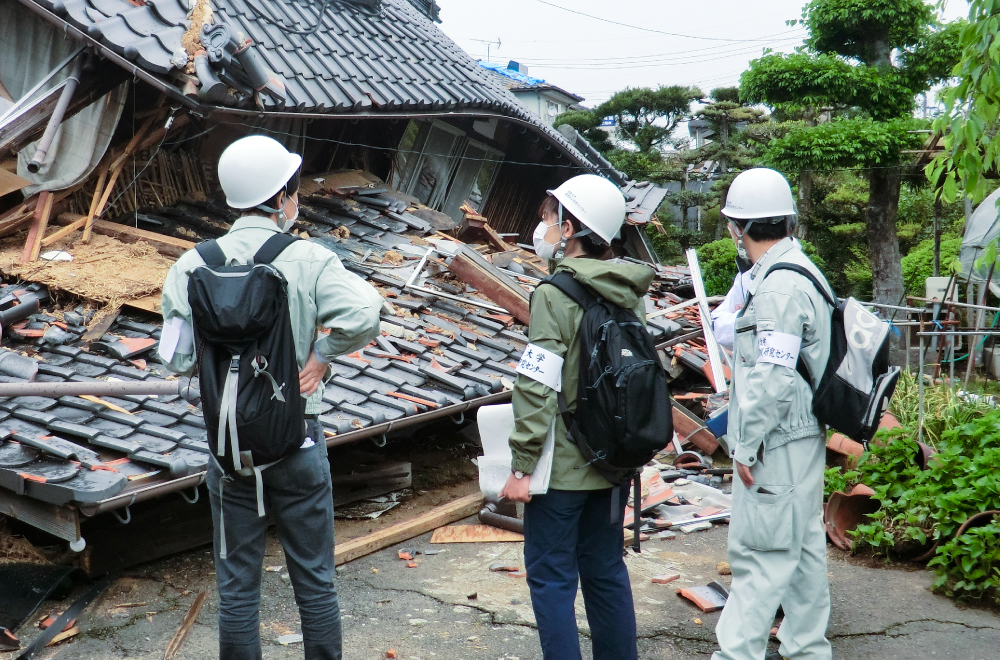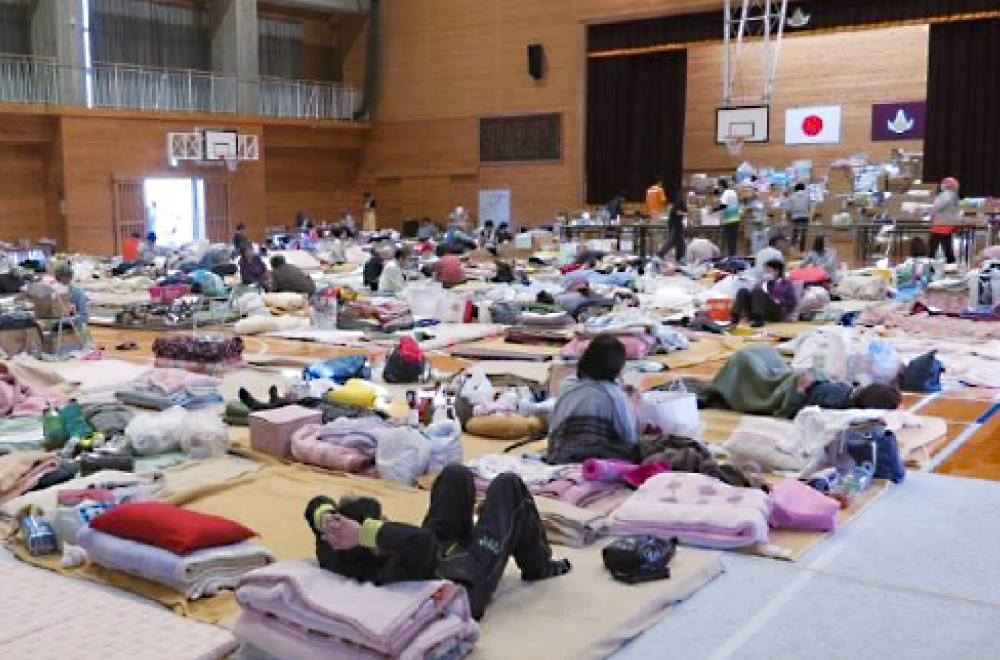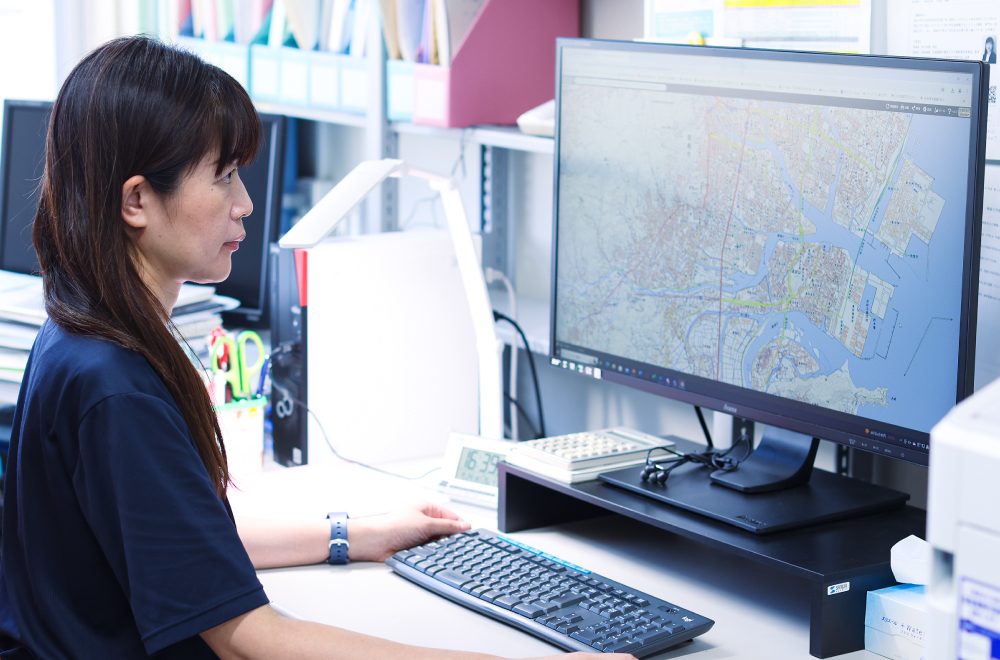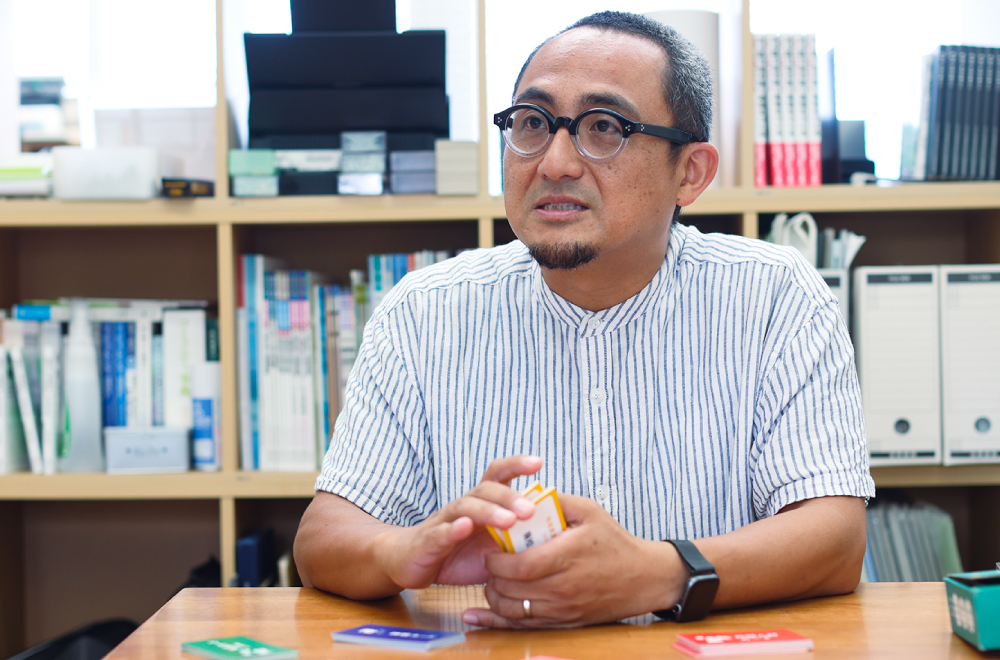Seven Degree ProgramsCivil and Environmental System Program
Under the fields of Disaster Prevention Science, Regional Environment, Structural and Materials, Regional Creation, and Clinical Psychology, the objective is to cultivate researchers and engineers who can further develop interdisciplinary research by deepening their knowledge in core scientific and technological fields such as social infrastructure studies, social sciences, and human sciences, and by expanding their horizons to integrate these fields with a broader, cross-disciplinary perspective. These efforts aim to contribute to the creation of a sustainable society for the next generation.
Based on interdisciplinary expertise and skills, students will engage in addressing various societal challenges such as regional regeneration, disaster prevention and mitigation, infrastructure development, and environmental issues. Additionally, they will work on creating sustainable communities and regional and environmental planning. Through this, the program aims to develop highly specialized professionals and researchers who can contribute to the establishment of safe, comfortable social living infrastructures and social-cultural environments.
- Target Fields of This Program
-
- Disaster Prevention Science Field
- Regional Environment Field
- Regional Creation Field
- Clinical Psychology Field
- Structural and Materials Field
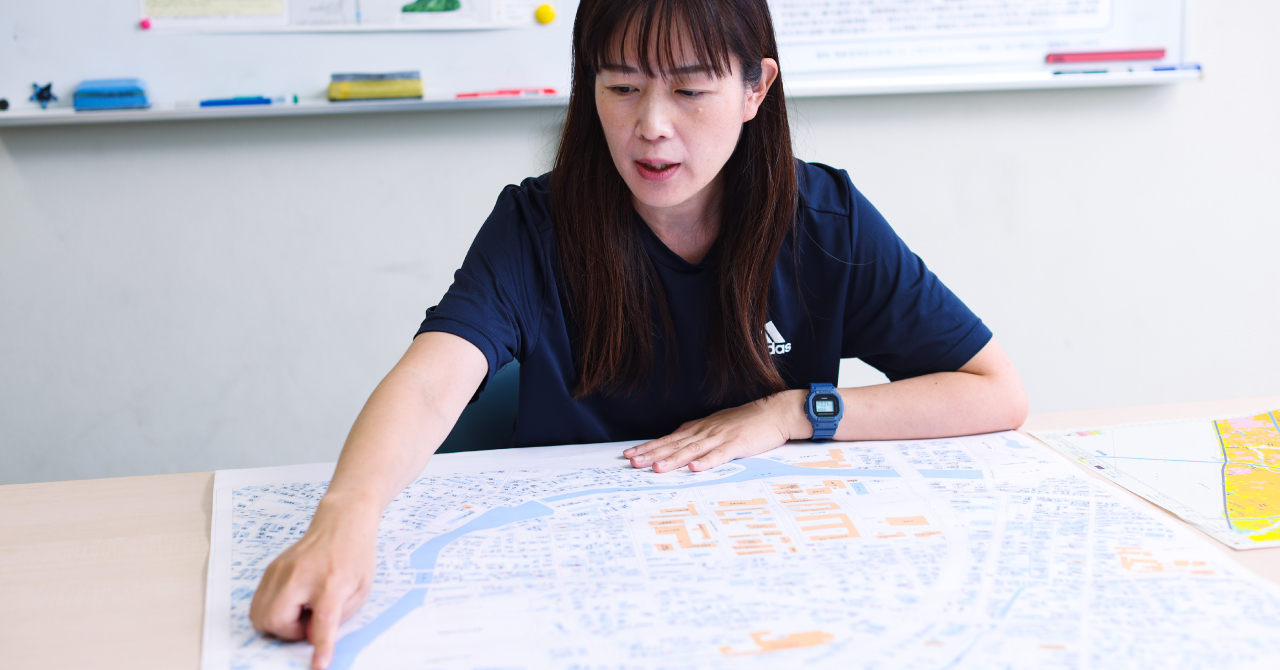
Evacuation Methods Adapted to Super-Aged Society-Type Disasters
~ Aiming for Zero Delayed Evacuations with "Disaster Prevention × Welfare" ~
Japan's Aging Population and Increasing Disaster Risks
Japan is a super-aged society with an aging rate exceeding 28%, and it is also one of the most disaster-prone countries in the world. In the Great East Japan Earthquake, approximately two-thirds of the victims were aged 60 and above. In the July 2018 heavy rainfall disaster, which caused widespread flooding in Makibi Town, Kurashiki City, Okayama Prefecture, nearly 80% of the victims were elderly individuals aged 70 and above. During the July 2020 heavy rainfall, when the Kuma River flooded, 14 residents of an elderly care facility died after being unable to evacuate in time. Without hard and soft measures tailored to disaster response in super-aged societies, the number of elderly people who die due to natural disasters will continue to rise.
The Role of Welfare in Elderly Evacuation Support
In the Great East Japan Earthquake, information about evacuation was conveyed by "family members and cohabitants" (about 30%), "neighbors and friends" (about 30%), and "welfare workers" (about 20%). The key challenge is how to maintain connections with neighbors and welfare services on a daily basis. In Japan, which has the highest aging rate in the world, welfare services are crucial for preventing elderly individuals from being left behind during evacuation. I am researching evacuation methods adapted to disasters in a super-aged society, while organically linking resources such as people, materials, and information related to disaster prevention and welfare.
Evacuation Behavior Analysis Based on Disaster Case Studies
Elderly people tend to be left behind in evacuations. To identify the factors that hinder evacuation behavior, it is necessary to study numerous disaster case studies. As part of this, I conduct field surveys of disaster-stricken areas and interviews with victims. Since traces of the disaster are lost during recovery efforts, it is essential to conduct surveys as soon as possible while ensuring safety. By understanding the causes of disasters, I can examine evacuation behavior. To date, I have investigated over 100 disaster cases, including elderly care facilities, and this has resulted in one of Japan’s leading databases. Based on the accumulated knowledge, I propose improvements to evacuation plans and BCP (Business Continuity Plans) to the relevant authorities.
Global Perspective on Disaster Measures for Aging Societies
Japan is a world leader in aging, and other developing countries in Asia are expected to experience similar aging trends in the future. Evacuation methods adapted to super-aged society disasters will also be beneficial in these countries. The term "aging," which often has a negative connotation, can be reinterpreted from a global perspective, revealing new values and opportunities.
Preparing for Disasters in a Super-Aged Society
By 2050, Japan's aging rate is expected to reach 37.1%. The anticipated capital-region earthquake and Nankai Trough earthquake in the near future will certainly become super-aged society-type disasters. My aim is to enhance the effectiveness of evacuation methods designed for these disasters and to contribute my research findings back to society.

Kanai JunkoAssociate Professor
A doctoral program is a valuable opportunity to put theory into practice. Think about where the theories and technologies you've developed in your master's program fit within the overall disaster prevention system, and how they relate to each other. Consider how these can be applied to solve societal challenges. I hope many young students will take on the challenge of research in the disaster prevention field, with the goal of creating a safe, secure, and sustainable society.
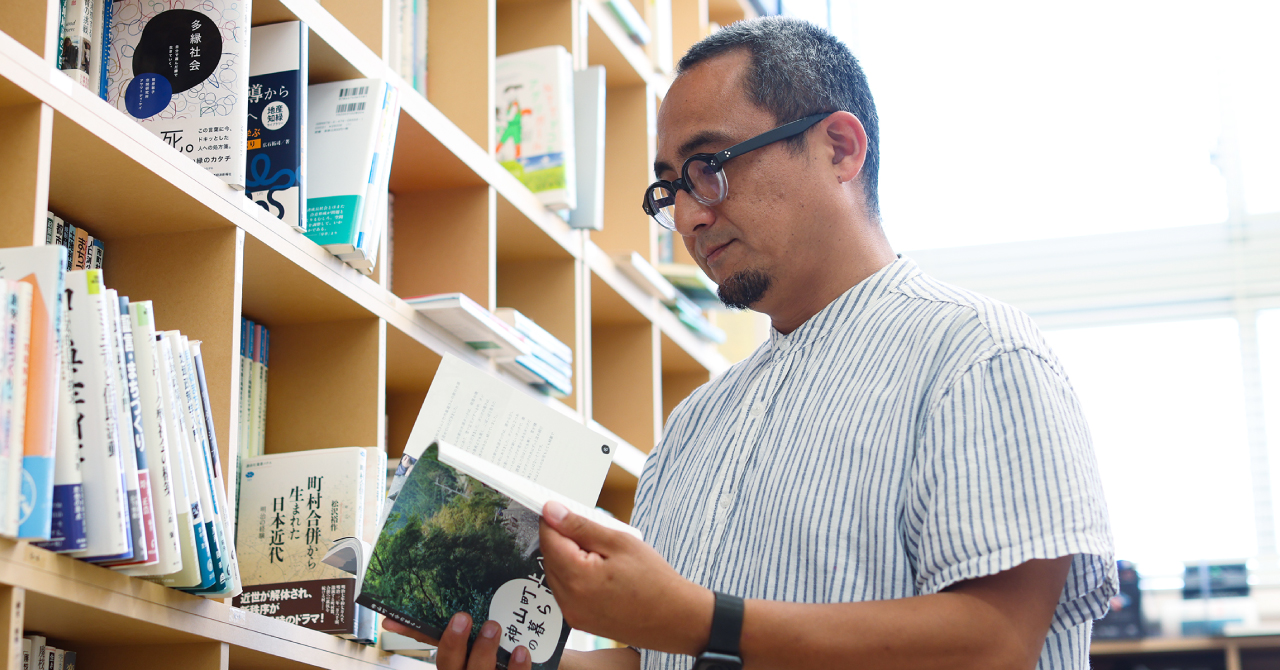
Process Design for Autonomous Community Development Centered Around Citizens
Maximizing the Potential of Communities in the Era of Population Decline
As the population decreases and the aging society progresses, many regions are facing the risk of decline or even extinction. However, the development of information infrastructure and the increased mobility of people have fostered regional potential that cannot be measured by population alone. Whether this potential is fully utilized or wasted depends on the strategies developed by the community itself. From various perspectives involved in the community, providing strategies for adapting effectively to changes in the situation is an important point where research can contribute to the region.
Strategies to Promote Active Transformation in Communities
No matter how brilliant an external plan is, it cannot bring about change unless the community recognizes it and takes action. How can we plan realistic measures and ensure their implementation? The goal is to examine the process from situational awareness to autonomy, and to explore support measures that enable citizens to actively participate in the design of their communities.
Exploring Through Workshops! The First Step to Changing the Region
How are the people in the region perceiving the situation, and how will their awareness change? Through workshops and other methods, we empirically develop support strategies and effective measures for the region, aiming to return the results to society.
Driving Force for Regional Revitalization! Fostering Talent and Communities Through Practice
Through research, we have developed various workshops and talent development programs and advanced the social contribution of ideas. For example, a talent development kit for the regional revitalization cooperation team has been used not only for the team and young government employees but also as a training tool for social welfare council staff and JICA overseas volunteers. Furthermore, workshops for residents have been held across various locations, from Fukushima to Okinawa, leading to the birth of diverse activities.
Co-Creating the Future of Regions Toward Further Expansion
Even under population decline, if communities can be managed effectively with the help of external forces, they can certainly overcome the "crisis of regions" that is being voiced across the country.

Taguchi TaroProfessor
In the field of regional planning, research is directly connected to society. Literally, good research results can bring positive change to local communities. To achieve this, it is essential that each individual develops a sense of awareness based on their own experiences, and from that awareness, logically builds better proposals. Through research, you can witness significant changes taking place in the community. Let’s work together to think about a better future for our communities.

Yukari Nagata
- Social Infrastructure Systems Program
- Doctoral Program for Working Professionals
I felt the need to systematically address the challenges encountered in the practical aspects of multicultural community development and to acquire the high-level skills required to commit at the policy level. I am involved in the practical work of multicultural community development, where both local residents and foreign nationals can thrive together. In this context, approaches are required from both grassroots settings and policy design.
